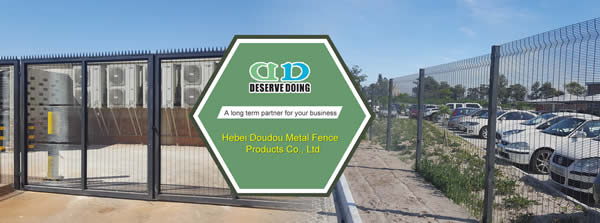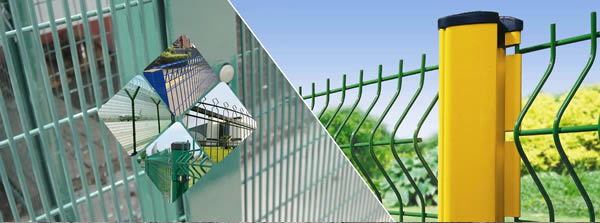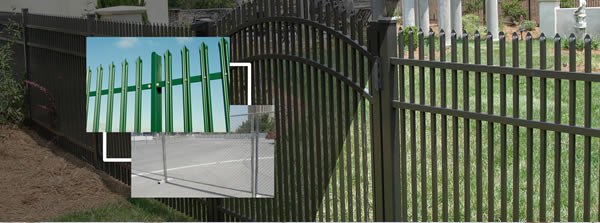Global, November 11, 2025 – In an era of digital surveillance and virtual borders, the construction of physical fencing is witnessing a significant resurgence. Recent international projects from the United States to Southeast Asia highlight a renewed global emphasis on tangible barriers as a primary instrument for national security, border control, and industrial policy.
The strategic importance of physical fencing is most visibly demonstrated along national frontiers. In Europe, Finland is proceeding with a formidable 200-kilometer border barrier along its 1344-kilometer frontier with Russia. This 4.5-meter-high structure, composed of 3.5-meter metal栏杆 topped with an additional meter of barbed wire, is a direct response to geopolitical tensions and concerns over managed migration flows. Finnish authorities have clarified that the fence's purpose is not to stop every individual but to "control the impact of large groups of people," allowing for a more managed and secure border.
Similarly, in Southeast Asia, Thailand has approved a project to erect fencing along its border with Cambodia. The initiative, led by the Thai military, aims to curb cross-border crime and will involve determining specific construction zones, technical specifications, and designs suited to the terrain. Meanwhile, across the Pacific, the United States continues to fortify its southern border, with recent construction of a new, taller border wall in New Mexico, underscoring a continued political commitment to physical infrastructure as a cornerstone of border security.
Beyond international borders, physical fencing is a critical component of industrial and commercial security, a sector poised for steady global growth.
From the Nordic forests to the deserts of New Mexico and the borders of Thailand, physical fencing remains a powerful, though sometimes controversial, tool. It serves as a tangible manifestation of sovereignty, a regulator of human flow, and a product at the heart of global trade tensions. As 2025 unfolds, the continued investment in these steel and concrete structures proves that in an increasingly virtual world, the demand for physical security barriers is more relevant than ever.



